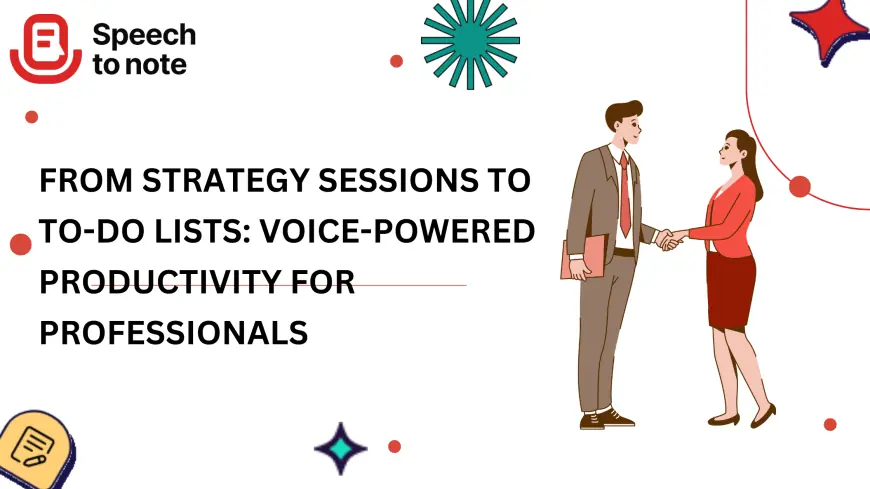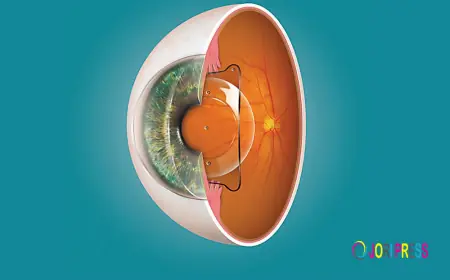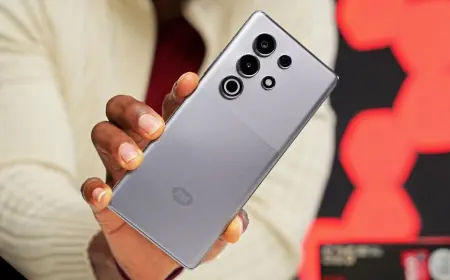From Strategy Sessions to To-Do Lists: Voice-Powered Productivity for Professionals
If you’re anything like me—juggling meetings, managing teams, running errands, and occasionally forgetting where your keys are—voice-powered productivity might just become your new best friend.

Last Tuesday, I found myself in the middle of a chaotic morning—coffee barely sipped, inbox overflowing, and a half-baked pitch deck blinking at me from my laptop screen. As I tried to remember a brilliant idea I had during yesterday’s walk (which, of course, I didn’t write down), I realized something had to change. That’s when I reached for my phone, tapped a mic icon, and simply spoke: “Add idea for pitch: integrate customer testimonials as first slide.” Boom. Idea saved, brain decluttered.
If you’re anything like me—juggling meetings, managing teams, running errands, and occasionally forgetting where your keys are—voice-powered productivity might just become your new best friend.
Why Voice-First Thinking Matters in 2025
In a world obsessed with optimization, we’re still typing our thoughts like it’s 2003. But the professional landscape has shifted dramatically. Today, speed and clarity are king. And that’s exactly where speech to text technology comes in—a game-changer that turns your spontaneous thoughts into actionable tasks without ever touching a keyboard.
Let’s face it: our brains work faster than our fingers. By the time you’ve typed one sentence, your mind has already wandered off to three other tasks. Tools that allow you to take notes with voice keep that mental train on track, especially during high-stakes strategy sessions or those random “aha” moments in the shower (yes, I’ve dictated notes mid-shampoo—don’t judge).
The Speak Writer Mindset: Talk First, Organize Later
Imagine this: You’re in a brainstorming session, ideas are flying, and instead of scribbling half-legible chicken scratch in your notebook, you just speak. One tap, one sentence, one saved idea. Later, you can sort, tag, and categorize. That’s the power of a speak writer approach—it flips the script on traditional note-taking and lets you focus on ideation, not documentation.
One of my colleagues, a marketing lead at a SaaS company, uses this method religiously. During team meetings, she taps record and starts dictating thoughts as they come. “I’m not even worried about formatting,” she told me once. “I just need to catch the spark when it’s hot. I organize later.”
This approach also helps squash perfectionism. When you write by voice, you don’t get bogged down editing as you go. You speak your mind—unfiltered, raw, honest. And that’s often where the gold is.
Where Voice-Based Notes Shine the Brightest
Let’s walk through some real-life situations where notes on speech shine like a productivity lighthouse in a fog of distractions:
? Strategy Sessions
Forget clunky whiteboards and trying to decode shorthand scribbles. Speak your thoughts out loud and have them instantly transcribed. Bonus: everyone can stay engaged instead of frantically taking notes.
? Business Travel
You’re on the go—airport lounges, hotel lobbies, taxi backseats. Instead of lugging out your laptop, just say, “Remind me to call Sarah about Q3 projections.” Done. Effortless.
?️ Client Meetings
Capture action items, follow-up tasks, or client feedback while it’s still fresh. One friend of mine records short recaps after every call. It’s become her superpower.
? To-Do Lists
Speak it out, check it off. Whether it’s “Buy printer ink” or “Finalize hiring budget,” voice-powered task capture keeps your to-do list moving without ever needing to stop what you're doing.
The App Making It Happen: Speech to Note
All this sounds great, right? But you need the right tool to make it stick. Enter the Speech to Note app—a minimalist, intuitive platform designed for modern professionals who want speed, precision, and no fluff.
The app isn’t just another voice memo tool. It’s designed with real-time transcription, smart formatting, and cloud syncing that keeps your notes safe, searchable, and sorted.
-
Want to see it in action? Check out the demo video.
-
Or download the app now from the Apple App Store or Google Play Store. You’ll thank yourself later.
A Few Stats to Prove It’s Not Just a Trend
-
According to a recent study by Statista, 47% of professionals now use voice-based tools for work-related tasks daily.
-
IBM’s research shows that voice recognition can reduce documentation time by up to 40%—that’s practically half a workday regained every week.
-
And get this: users report 25% higher task completion rates when using voice capture tools versus manual input.
Talk about working smarter, not harder.
The Beauty in the Imperfect
I’ll be honest—voice notes aren’t always perfect. Sometimes you get weird autocorrects or background noise hijacks a sentence. But honestly? I’ve grown to love the quirks. They remind me that it’s real. That this isn’t some sterile productivity ritual—it’s messy, human, creative.
The best ideas are born from spontaneity, not structure. And voice-powered tools like this help you embrace that chaos, bottle it, and turn it into progress.
Final Thoughts: It's Time to Speak Up
If you’re still glued to your sticky notes and spreadsheets, it might be time to rethink your workflow. Start small—record your next to-do list out loud. Dictate a meeting summary while you walk. You don’t have to change everything at once. But trust me, once you get into the rhythm of thinking out loud, there’s no going back.
So, whether you’re an executive, a freelancer, or just someone trying to remember to pick up oat milk on the way home—let your voice do the heavy lifting.
Go on. Hit record. Let the ideas flow.
And don’t forget to grab the Speech to Note app on iOS or Google Play today. Your future self will be high-fiving you.
What's Your Reaction?
 Like
0
Like
0
 Dislike
0
Dislike
0
 Love
0
Love
0
 Funny
0
Funny
0
 Angry
0
Angry
0
 Sad
0
Sad
0
 Wow
0
Wow
0


















































